Now that the Senate has confirmed Amy Coney Barrett to sit on the Supreme Court, people are wondering what will happen to Roe v. Wade. Although its not a foregone conclusion, the likelihood of it being overturned is now higher. Even if it is not overturned, it will almost surely be seriously weakened. The current reality is that nothing can be done to prevent a more conservative Supreme Court from working its will. But we can and should reduce the number of women seeking an abortion in the first place. Not only will this strategy reflect a new reality; it will be responsive to the fact that abortion is not most people’s first choice of how to deal with an untimely or unwanted birth. While about two-thirds of the public supports a woman’s right to choose, they don’t support it in all circumstances. Most of them see it as a last resort and not as the ideal way to plan or space one’s childbearing.
An overturned or weakened Roe v. Wade would leave it up to each state to decide what to do. Right now, there are numerous states trying to greatly restrict abortion, usually limiting it to the early weeks of pregnancy (just the first six weeks in Georgia, a period so short that many women would not even be aware that they were pregnant). Still, a number of states will likely retain women’s access to abortion in some if not in all circumstances. Women with sufficient means and knowledge will then travel to states with relatively liberal laws if faced with an undesired or ill-timed pregnancy.
Not everyone, however, will be able to take advantage of these more liberal laws. It will be low-income women and women of color who will be most adversely affected. Their rates of unintended pregnancies are four or five times higher than for higher-income women. More of them will carry their pregnancies to term, leaving them and their children with still-poorer life prospects. A stronger safety net, and better jobs can help but cannot make up for the longer-term effects on them and their children as education and careers are interrupted, short-term relationships fall apart, and children are deprived of the extra income and care that two parents and a more stable or smaller-sized family might provide.
There is a solution: providing access to high-quality, affordable family planning services, with a particular emphasis on the most effective forms. Effective does not just mean condoms, or even the Pill – two common forms of birth control among teens and young adults. It means providing access to long-acting reversible contraceptives such as the IUD. The IUD reduces the unintended pregnancy rate to near-zero, whereas the Pill only reduces it to 38% and the condom to 63% after five years among sexually active individuals (Figure 1). Thus, these newer – and now safer – forms of long-acting contraception make realistic the goal of ending almost all unplanned pregnancies, and making abortion very rare.
It turns out that when these newer forms of birth control are made widely available at little or no cost, and when providers are trained in how to insert an IUD and how to provide patient-centered counselling that respects a woman’s own preferences, the abortion rate plummets. We have seen this happen in both Colorado and in Delaware after their governors made this a priority. In Colorado, for example, following the launch of the Colorado Family Planning Initiative, teenage birth and abortion rates decreased by nearly 50% from 2009 to 2014. In Delaware, through a partnership between Upstream USA and state healthcare systems, the overall abortion rate fell by more than a third over three years, from 2015 to 2018 – a drop four times as large as the national average.
Here’s the good news. Unlike abortion – about which a number of people hold strongly negative views – very few women (or men) are opposed to contraception. Virtually all women aged 15–44 who have ever been sexually active have used contraception at some point in their lives, including 98% of Catholic women. Most couples rely on it to make childbearing a choice and not an accident. The Supreme Court ruled in Griswold v. Connecticut in 1965 that married couples should have access to birth control. Although Justice Barrett is apparently not a fan of the Griswold decision, very few people agree with her. Any attempt to overturn that decision now would, we hope, literally be laughed out of court.
Empowering women to only have children if, when, and with whom they want will not only improve women’s lives, but also the long-term prospects of their children and the stability of the American family.
Empowering women to only have children if, when, and with whom they want will not only improve women’s lives, but also the long-term prospects of their children and the stability of the American family. So, ensuring knowledge of and access to all forms of contraception should be a top priority.
One simple and inexpensive way to achieve this objective is to insert a question on every medical intake form asking a woman whether she does or does not want a child in the coming year – with follow-up counselling and services based on her answer. If she signals that she wants a baby, steps can be taken to ensure that she has a healthy pregnancy, thereby reducing infant and maternal mortality in the process. If on the other hand, she indicates that she does not want to become pregnant, a trained health care provider can help her achieve that goal as well. Abortion rates should then plummet, as they have in Colorado and Delaware, and both pro-life and pro-choice advocates should welcome the result.
Of course, some conservatives, including Justice Barrett, may oppose not just abortion but also contraception. In 2012, she signed a public letter opposing the Affordable Care Act’s birth control benefit. As mentioned, just earlier this year, she refused to take a stance on whether Griswold v. Connecticut was correctly decided. But that does not appear to be the majority view among her colleagues on the Court, much less among the U.S. population.
Will the abortion war and its toxic effects on our politics end? Probably not. Nor, one might argue, should it, given the strong religious and moral values involved. But a truce is badly needed. If the Court is going to restrict the right to abortion, let’s hope it will at least preserve the right to prevent an unwanted pregnancy, which will simultaneously decrease abortions. Both sides in the war should recognize that they are on the same side in valuing a child’s life, both before and after birth, and the importance of human agency in making that possible.
The Brookings Institution is committed to quality, independence, and impact.
We are supported by a diverse array of funders. In line with our values and policies, each Brookings publication represents the sole views of its author(s).
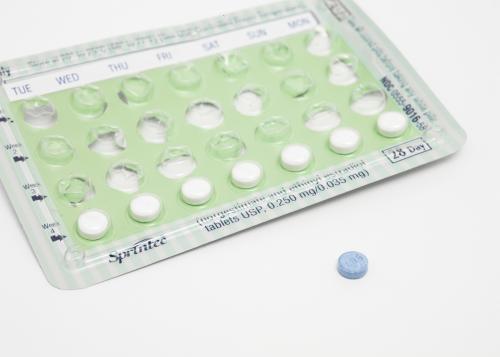
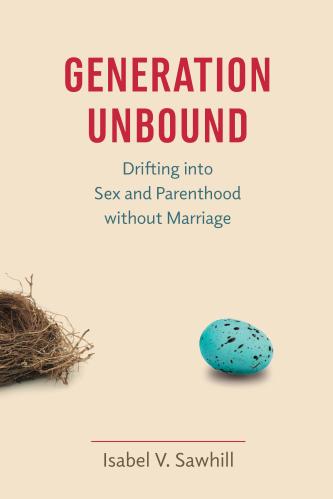
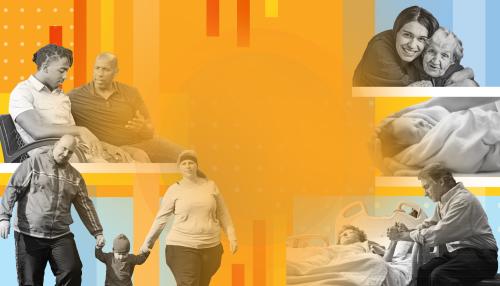

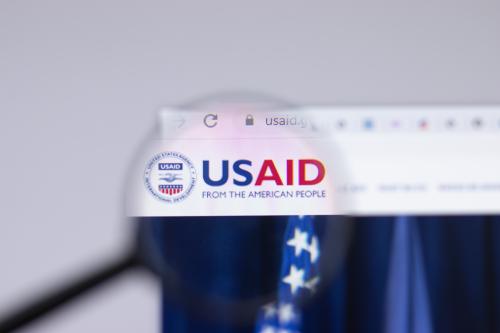
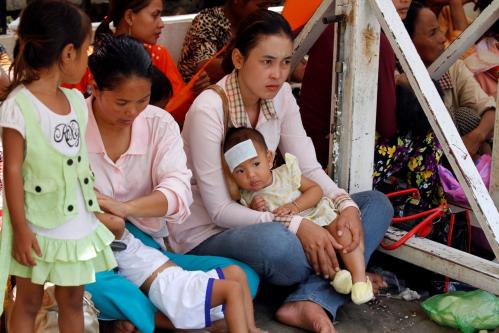

Commentary
Roe v. Wade isn’t the only way to protect a woman’s right to choose
November 3, 2020